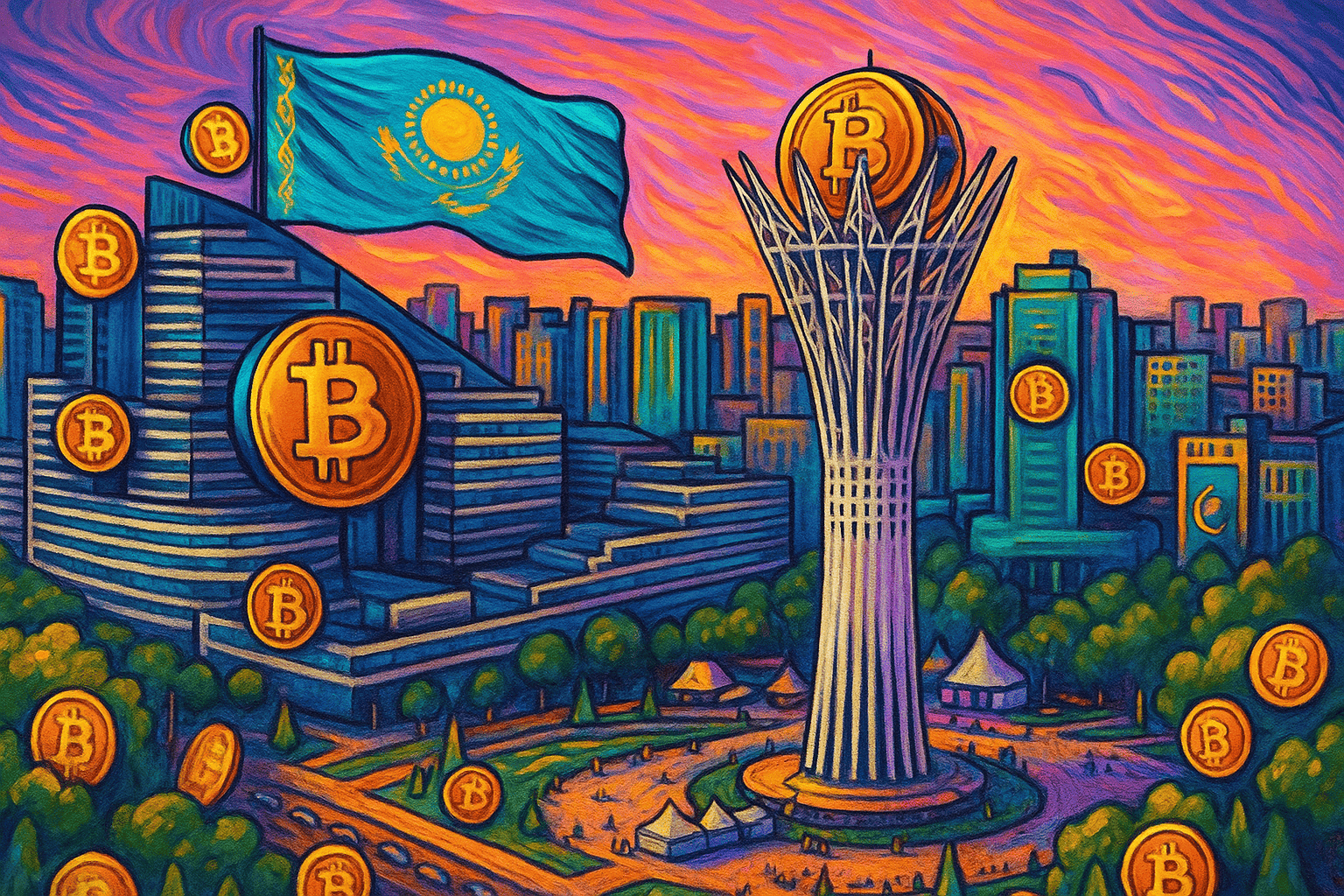Frax Share
Download app Ironwallet and get tool for making transaction without network fee
About Frax Share
Frax Share (FXS) is a cryptocurrency that plays a crucial role in the Frax protocol. The Frax protocol is a decentralized stablecoin system that attempts to provide a scalable and flexible alternative to existing stablecoins like Tether.
History of Frax Share
Frax Share was launched in December 2020 by the Frax team. It serves as the governance token for the Frax decentralized stablecoin protocol. The goal was to create a system that could maintain a stable value while remaining fully on-chain and not dependent on any external collateral.
The Frax protocol was created to improve upon earlier algorithmic stablecoin designs. It introduced innovations like fractional-algorithmic stablecoins and allowed greater community control through the FXS token. This governance token lets holders vote on protocol changes.
How Frax Share Works
The Frax protocol has two main tokens – the Frax stablecoin and the FXS governance token. Frax aims to maintain a 1:1 peg with the US dollar. It achieves this through an algorithmic central bank model.
When Frax supply needs to expand, new FXS is minted and sold through an auction to contract bidders. This raises collateral to back the new Frax. When Frax supply needs to contract, FXS is bought back and burned. This mechanism aims to maintain Frax’s peg.
FXS holders can stake their tokens to receive swap fees from the protocol. Staking also gives voting rights to control parameters like auction settings and collateral ratios.
FXS Token
The FXS token has a maximum supply of 100 million tokens. It is used to absorb volatility in the Frax system and provide governance rights to stakeholders.
FXS holders receive a portion of swap fees from the Frax protocol based on their stake. They can also vote on critical governance decisions like risk parameters and auction settings.
The token is designed to become more scarce over time as new FXS minting slows. This incentivizes long-term holding and aligns incentives between FXS holders and Frax stability.
Benefits and Drawbacks of Frax Share
Some key benefits of Frax Share include:
- Truly decentralized stablecoin system with community governance
- Innovative fractional-algorithmic design that improves stability
- Staking rewards and governance rights for FXS holders
- Protocol revenue shared with FXS holders
However, there are also some drawbacks:
- Stability relies heavily on proper FXS incentives and governance
- Highly complex stability mechanism that may break in extreme market conditions
- Lower market cap and liquidity versus alternatives like Tether
- Token distribution fairly centralized initially
Maintaining long-term stability with the fractional-algorithmic model remains scientifically unproven. The protocol stabilization mechanisms will need to be battle-tested before Frax Share can be considered a reliable stablecoin.
The Future of Frax Share
Frax Share has ambitious plans for the future. The protocol aims to establish itself as the leading decentralized algorithmic stablecoin.
The team plans to improve scalability through innovations like intra-protocol bridges. There are also plans to support lending markets within the protocol itself.
With wider adoption, the staking and governance model of Frax Share could provide a blueprint for community-controlled algorithmic stablecoins. However, competition from other decentralized stablecoin projects will remain fierce.
Continued research into algorithmic central banking mechanisms will be crucial for the long-term viability of the protocol. As the system grows, the community governance structures around FXS must be resilient enough to handle periods of extreme market volatility.
Conclusion
Frax Share is an intriguing experiment in decentralized algorithmic stablecoins. The fractional-algorithmic model and use of FXS as a stabilization tool are innovative concepts. But the long-term stability and adoption of FXS will rely heavily on proper governance and incentives.
If the protocol can provide reliability through future market turbulence, it has a chance to make a lasting impact on the stablecoin landscape. But it faces considerable challenges around stability mechanisms and user adoption. The coming years will determine whether Frax Share can fulfill its promise of becoming a core DeFi stablecoin governed by community consensus.





















